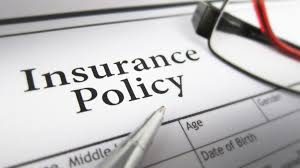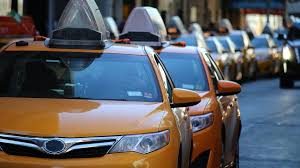 Self-driving cars are on the rise across Boston. Just this past week, it was announced that the self-driving car company nuTonomy had received permission to test self-driving cars throughout our city. With this news, it appears that the self-driving car revolution is not slowing down any time soon. Typically two issues arise when it comes to self-driving cars: Are they actually safer, and who is liable if a self-driving car crashes?
Self-driving cars are on the rise across Boston. Just this past week, it was announced that the self-driving car company nuTonomy had received permission to test self-driving cars throughout our city. With this news, it appears that the self-driving car revolution is not slowing down any time soon. Typically two issues arise when it comes to self-driving cars: Are they actually safer, and who is liable if a self-driving car crashes?
In 2013, the National Highway Traffic Administration released a 6-level classification system for autonomous cars. Level 0, the lowest level, means the automated system may issue warnings to the driver, but the driver is completely in control of the vehicle. Level 5, the highest level, means that no human interaction is required – the vehicle completely drives itself.
At a level lower than 3, the level at which a driver can safely focus their attention on tasks other than driving, a driver must remain in control of the vehicle and its movements. Therefore, if an accident occurs in a Level 3 vehicle, the driver is accountable for their negligence. At level 2, it is required that a driver keep their hands on the wheel and be able to take action if the car begins to go out of control.
 Massachusetts follows what is known as no-fault insurance model. In a no-fault model, a driver who is injured in an accident must first file a claim against their own insurance company for injuries sustained in the crash. In some instances, no-fault insurance prevents the other driver from being taken to court in a personal injury lawsuit.
Massachusetts follows what is known as no-fault insurance model. In a no-fault model, a driver who is injured in an accident must first file a claim against their own insurance company for injuries sustained in the crash. In some instances, no-fault insurance prevents the other driver from being taken to court in a personal injury lawsuit. Boston Personal Injury Attorney Blog
Boston Personal Injury Attorney Blog




